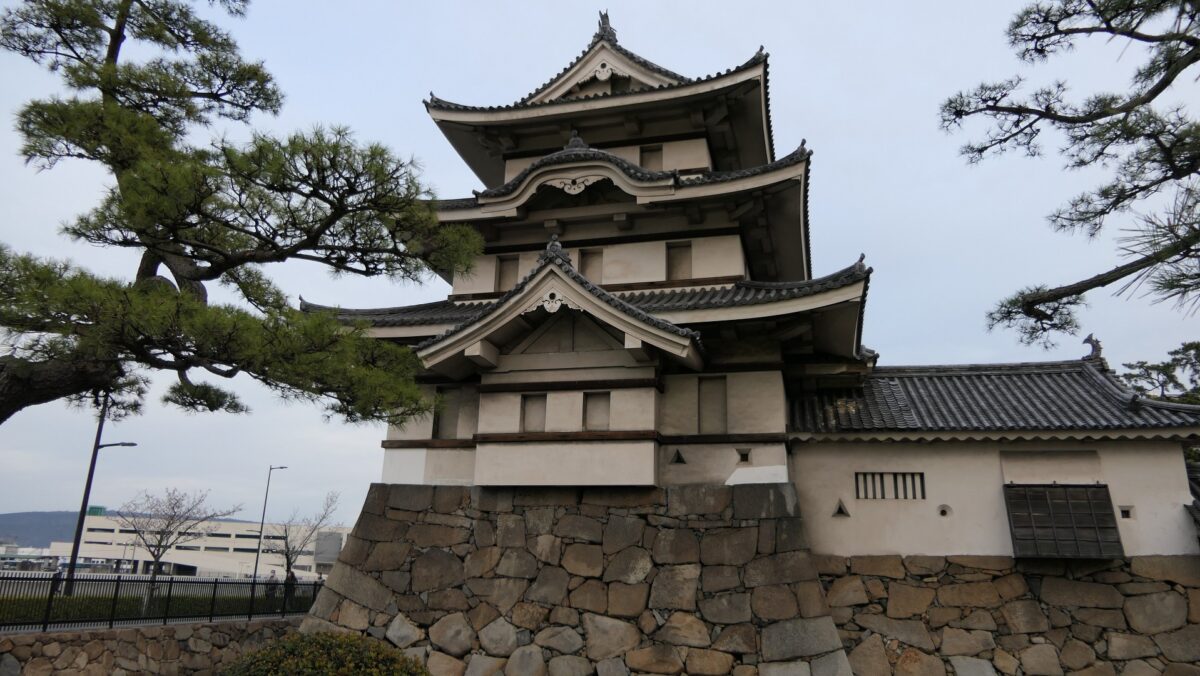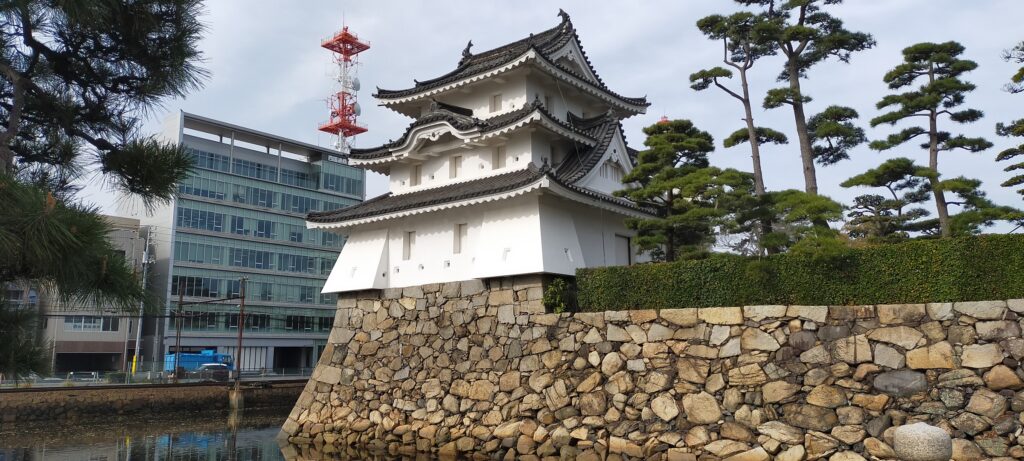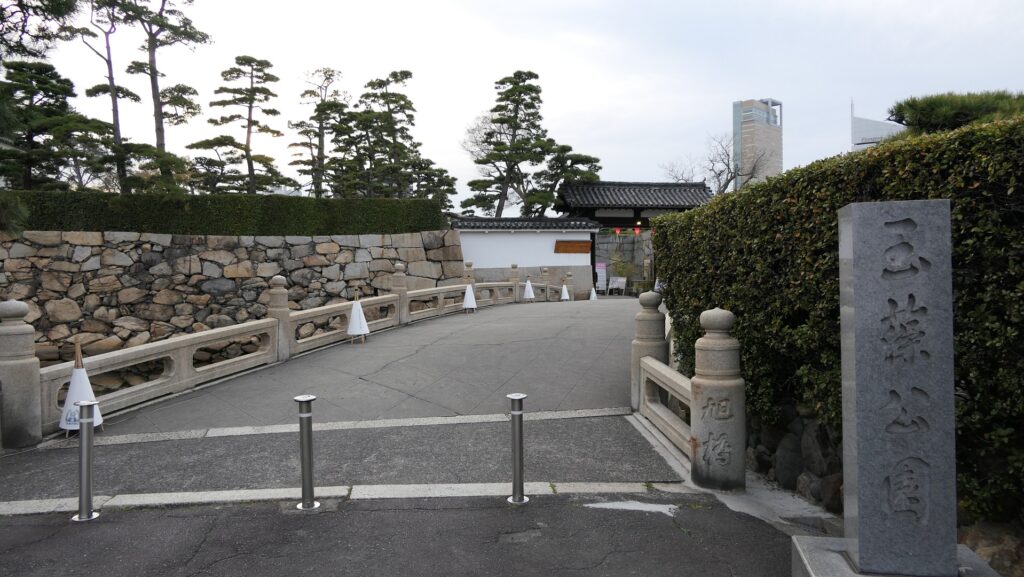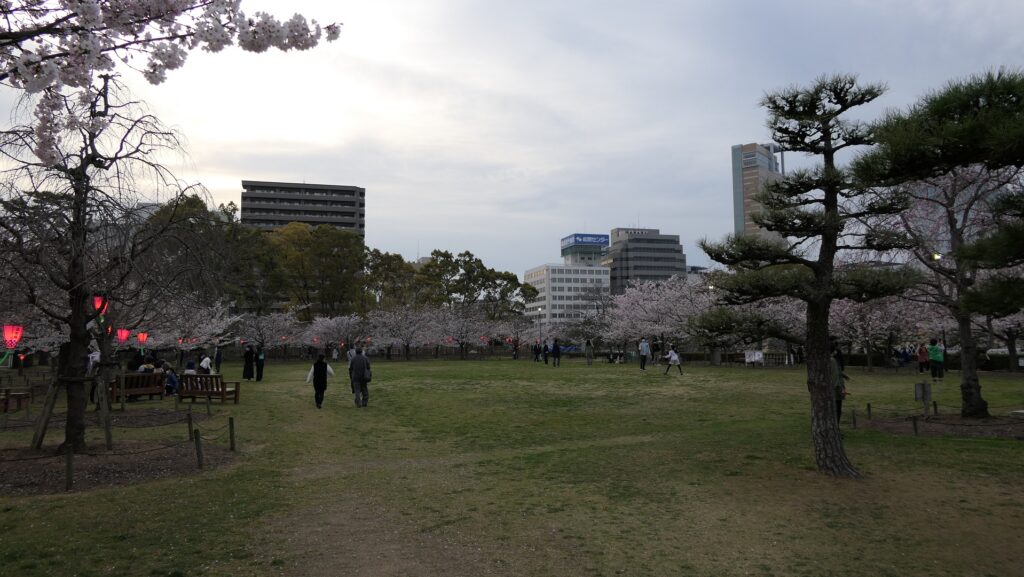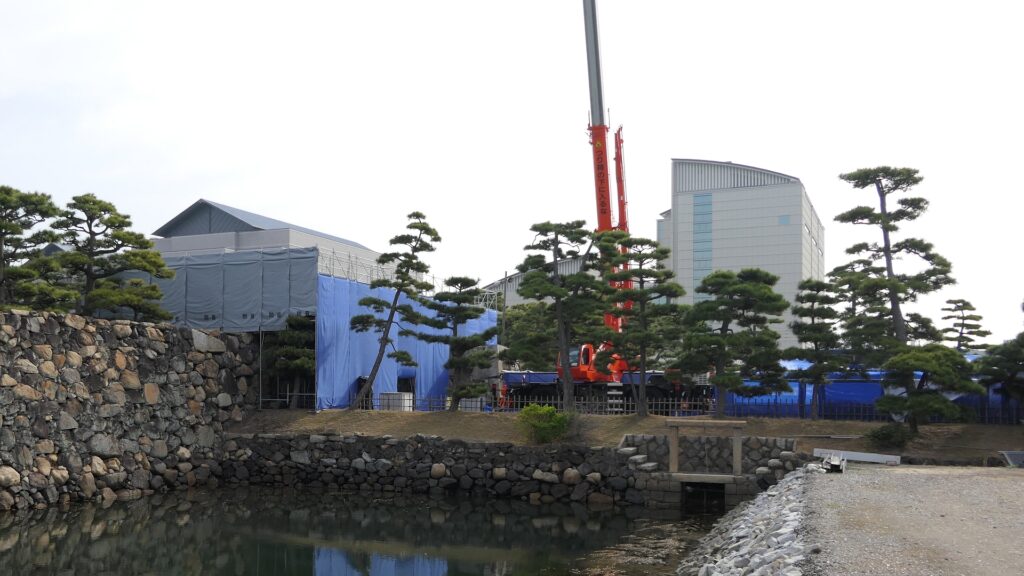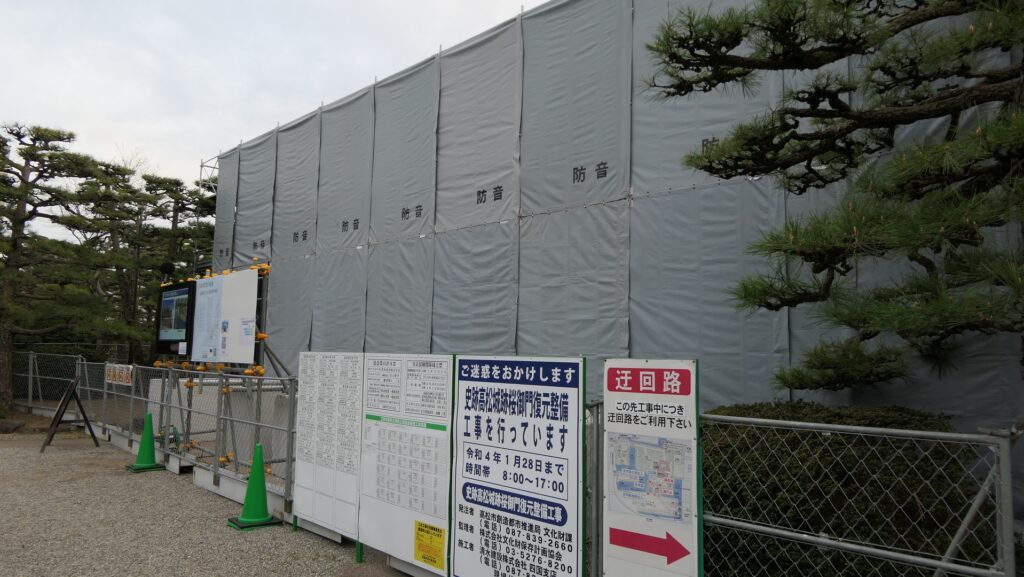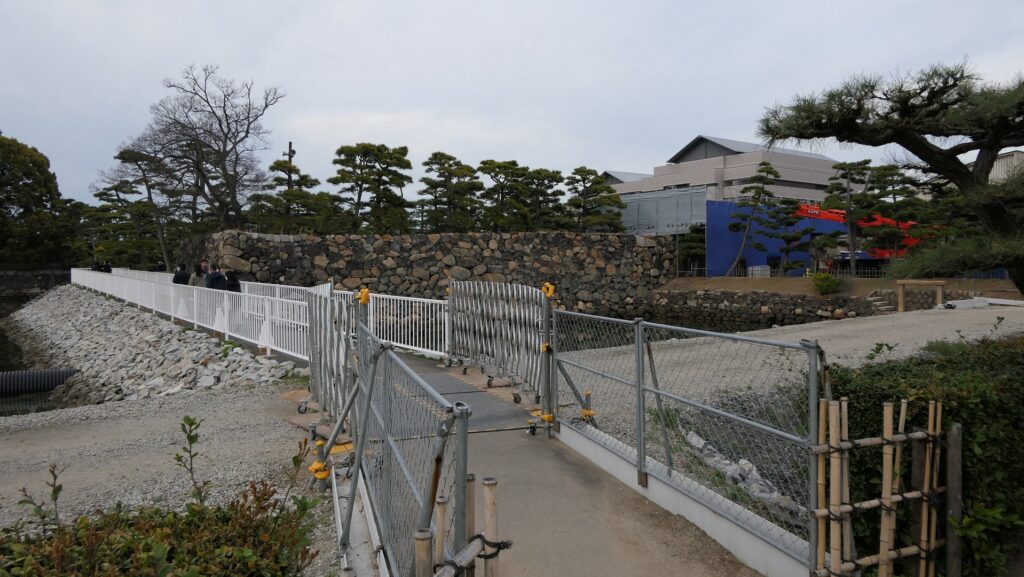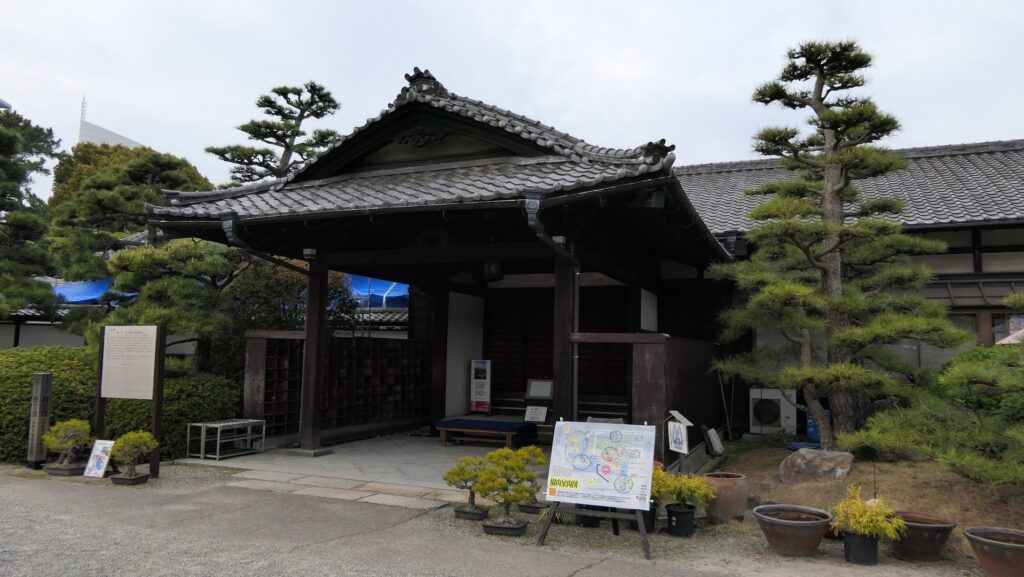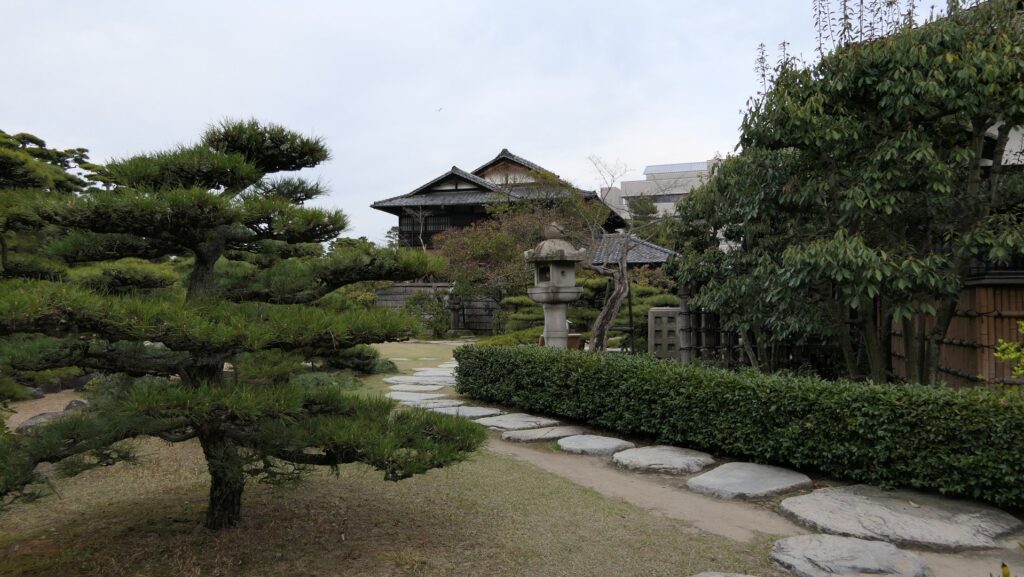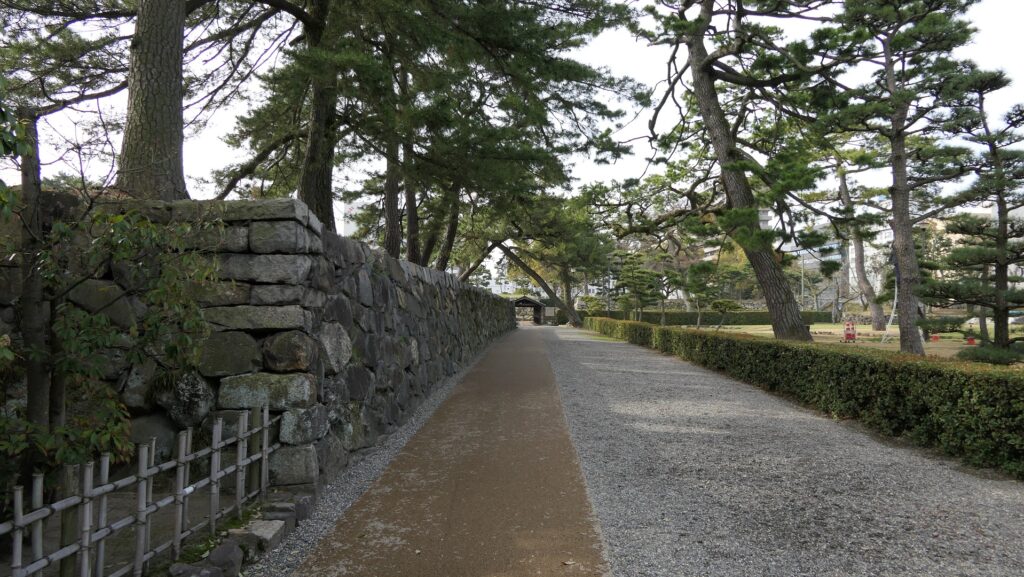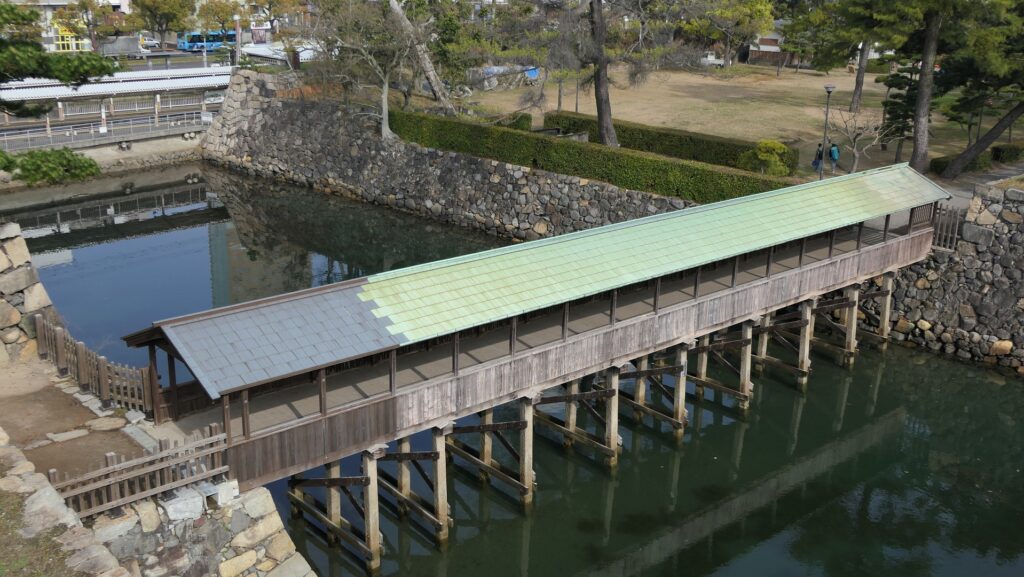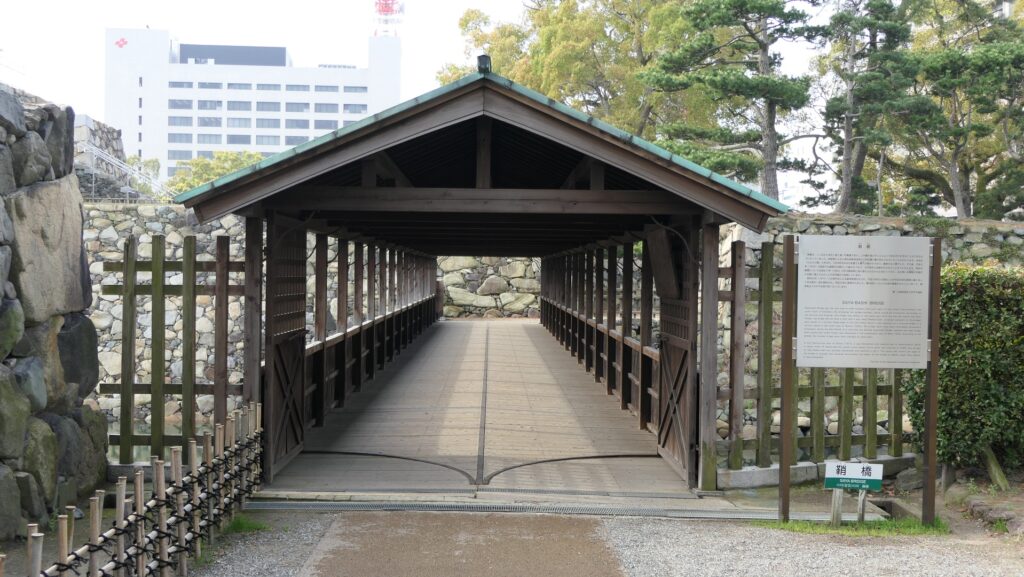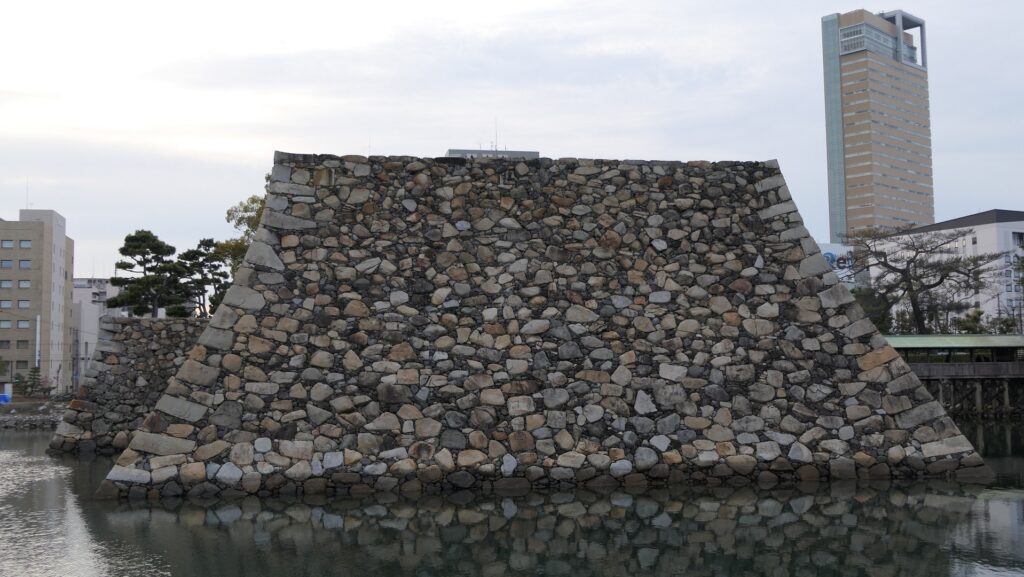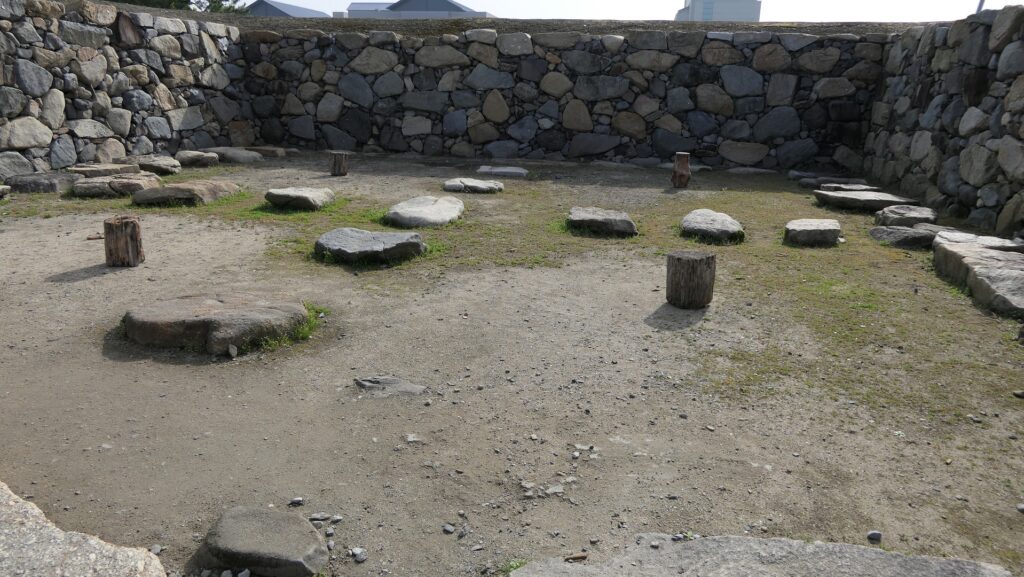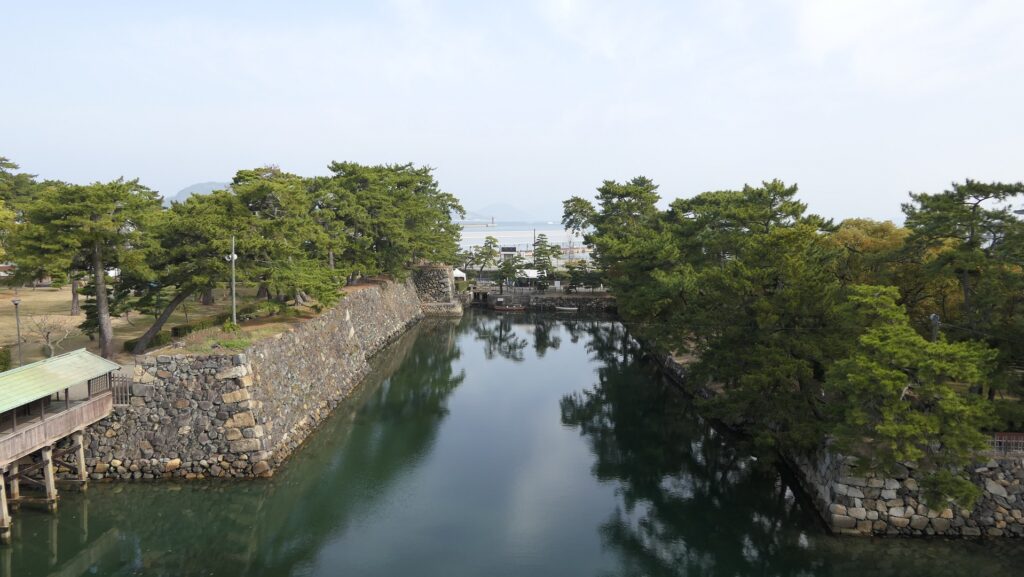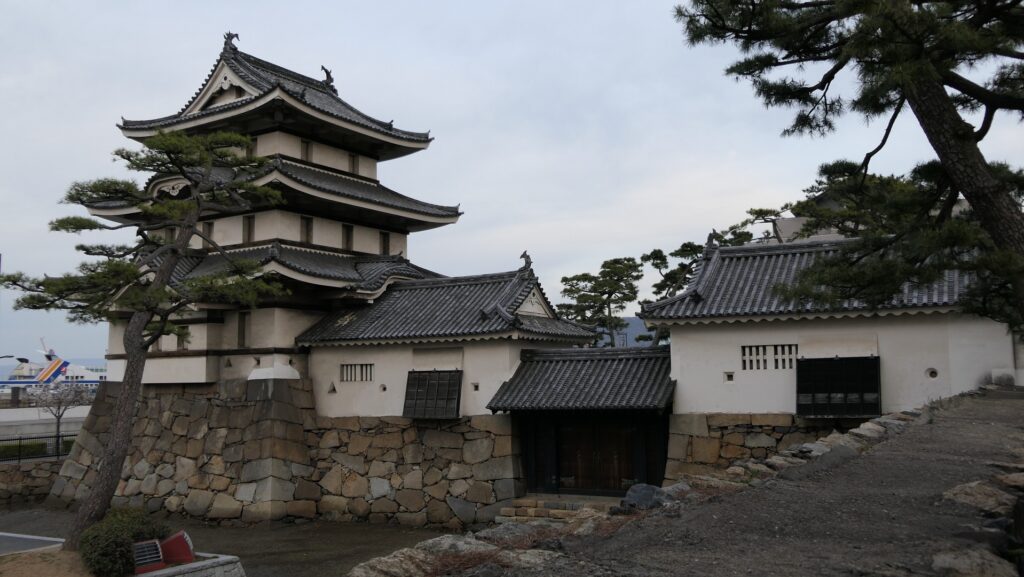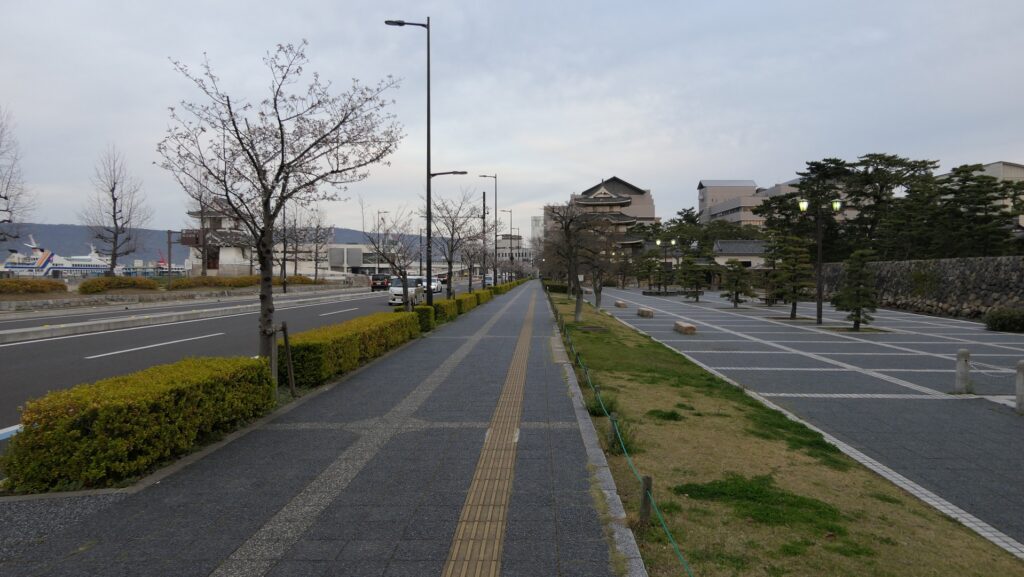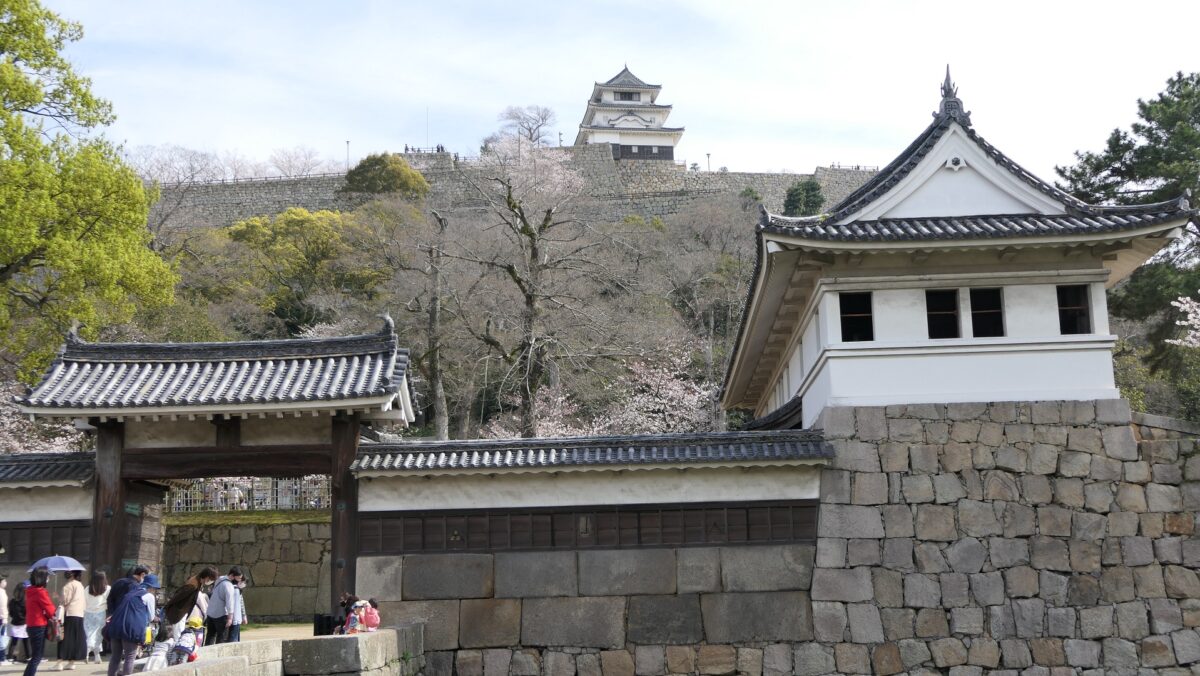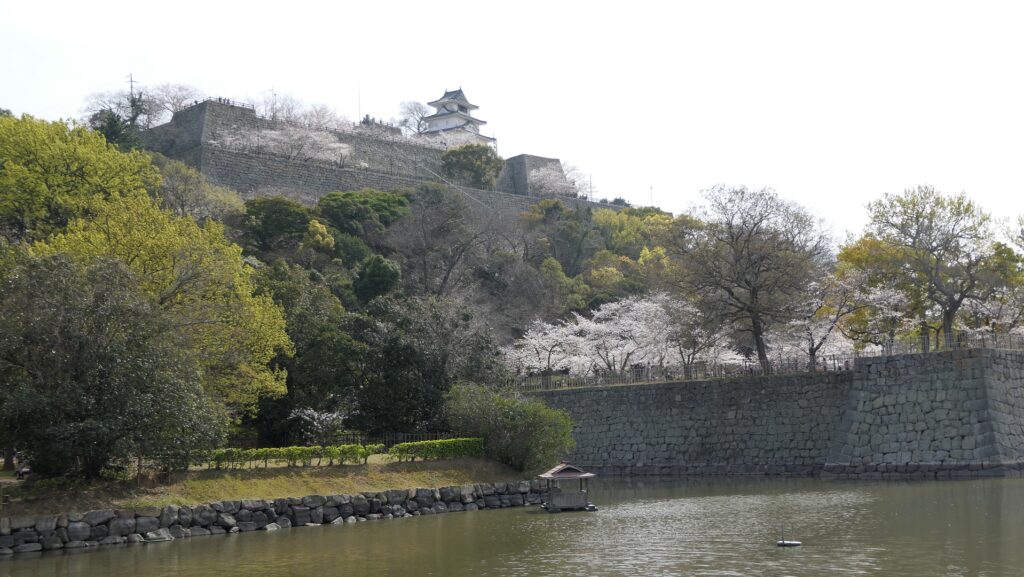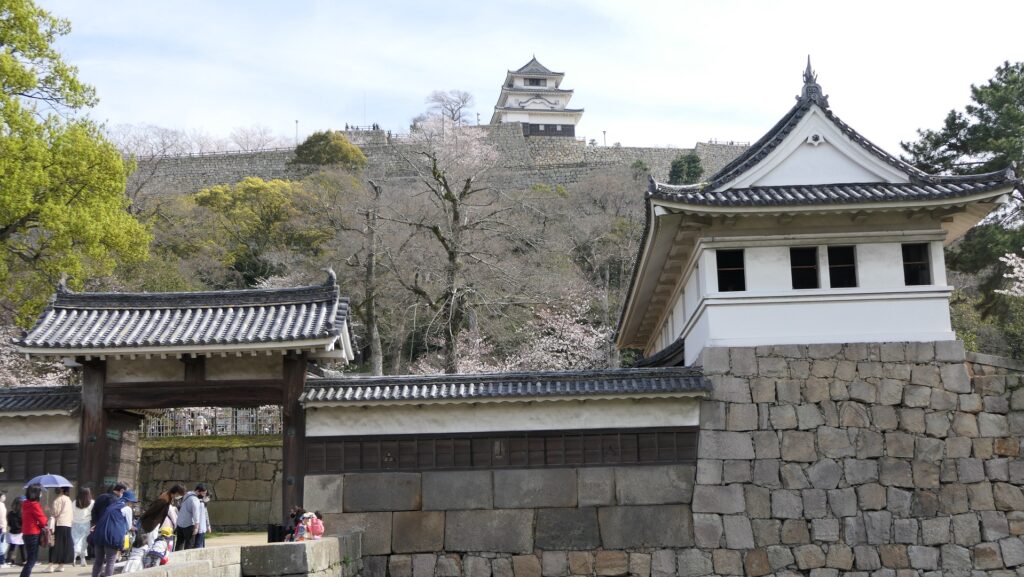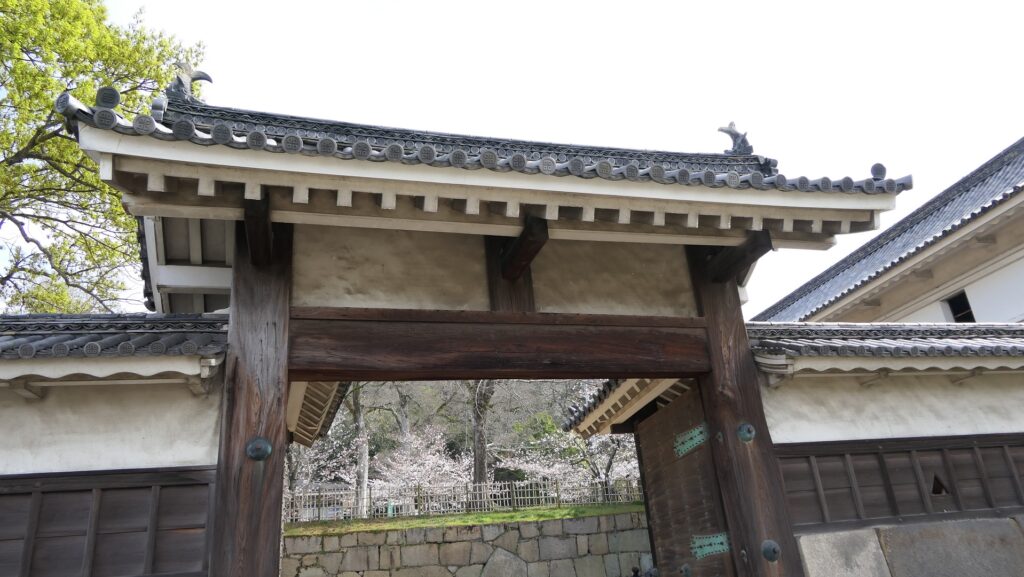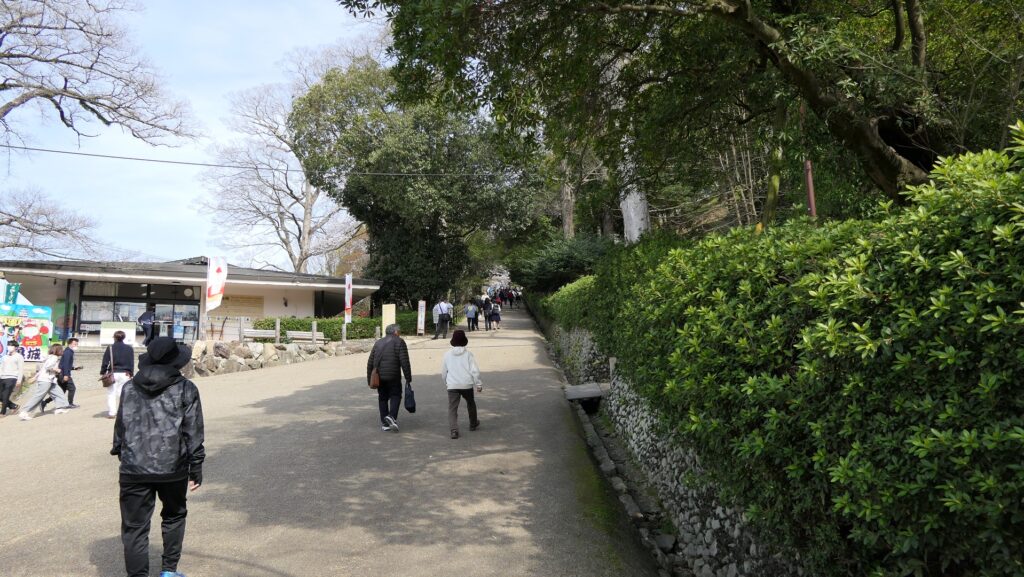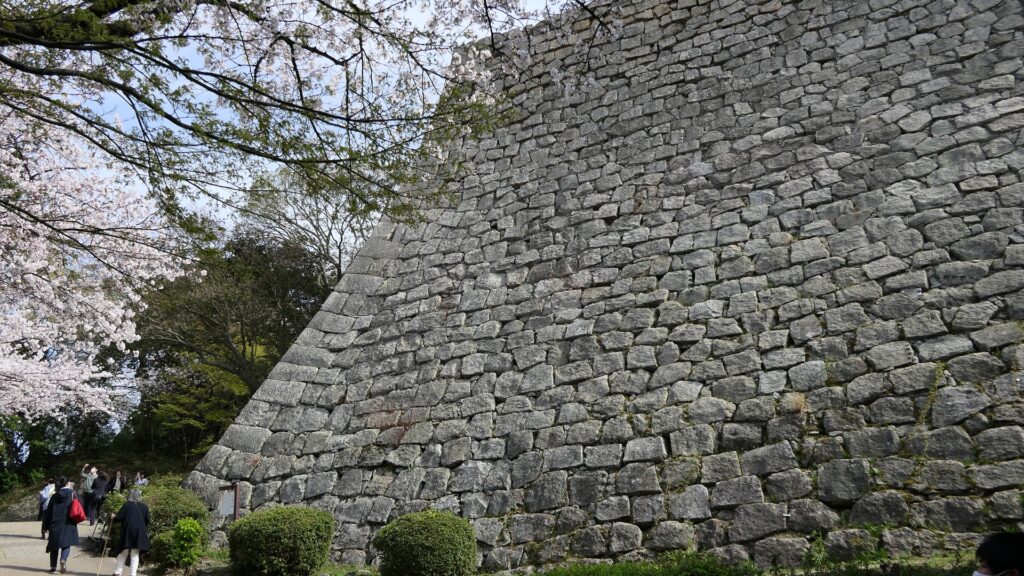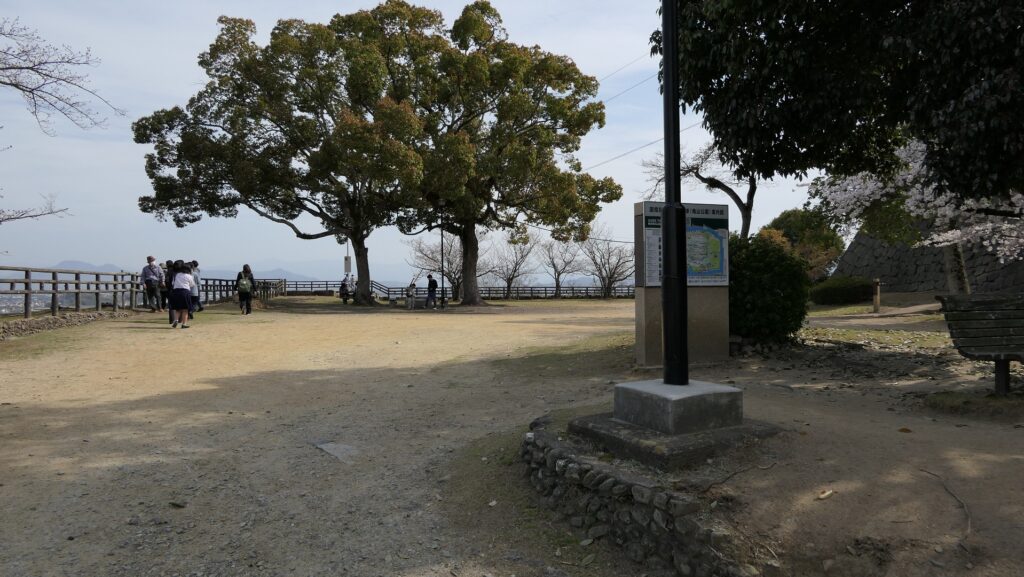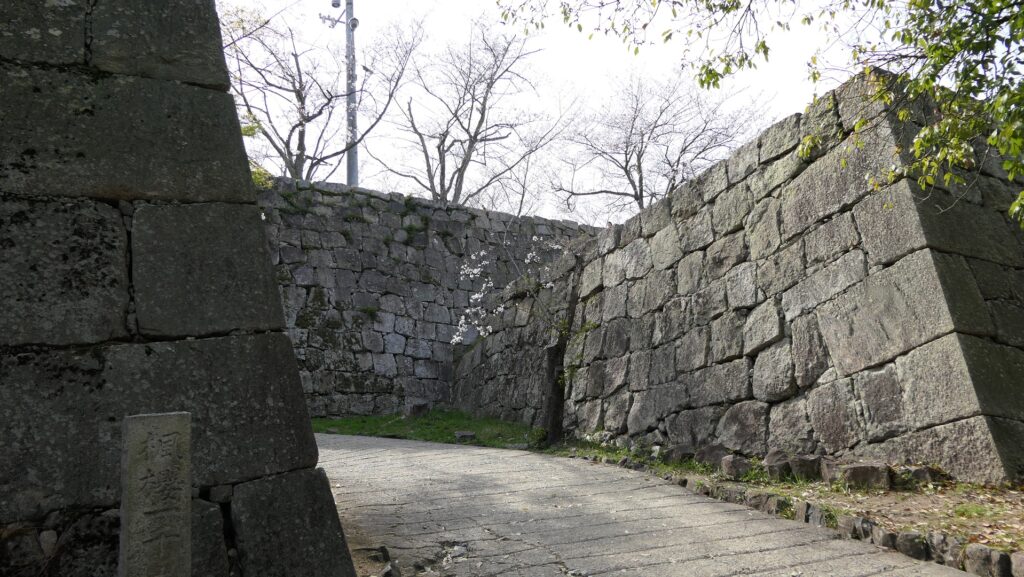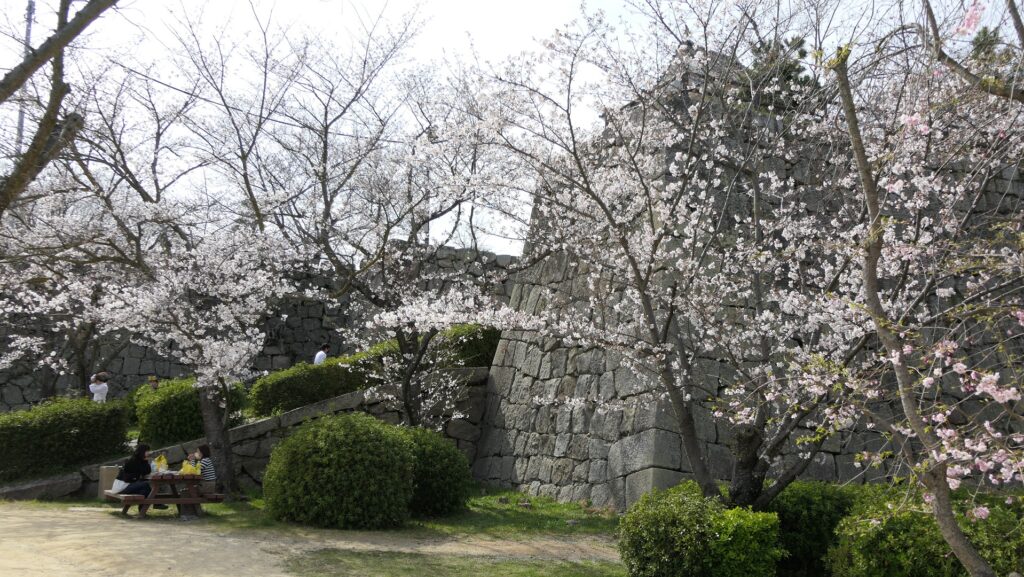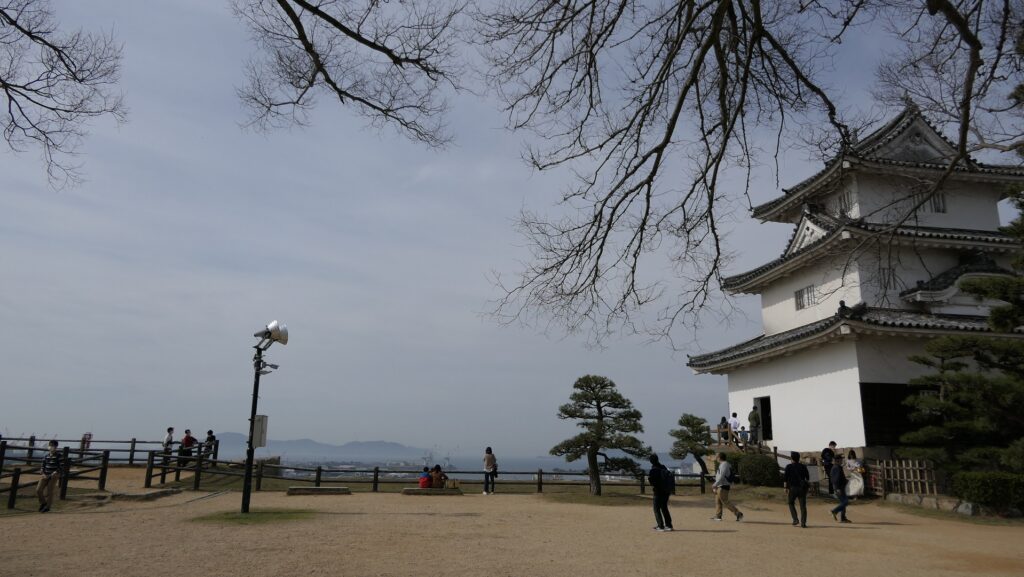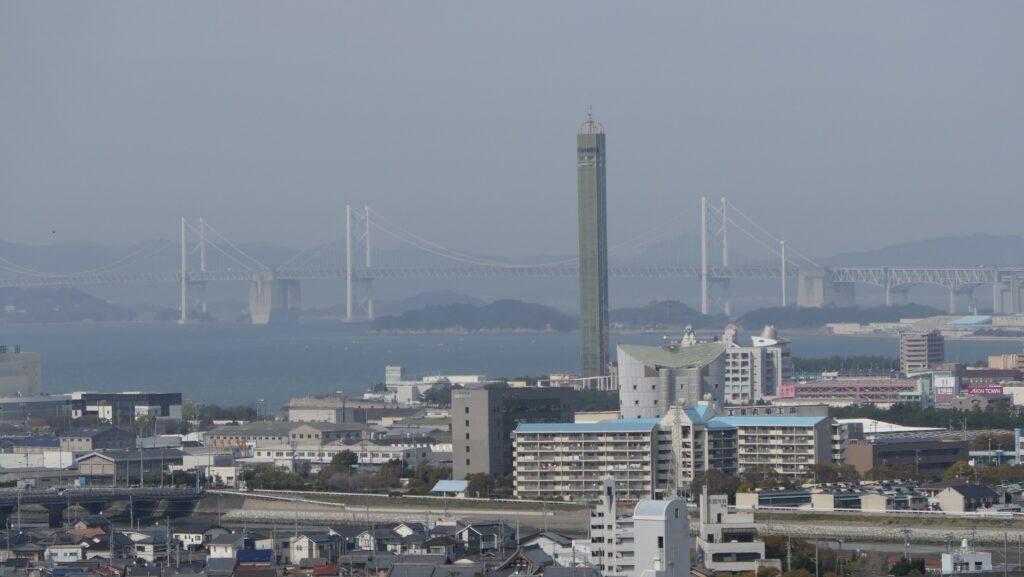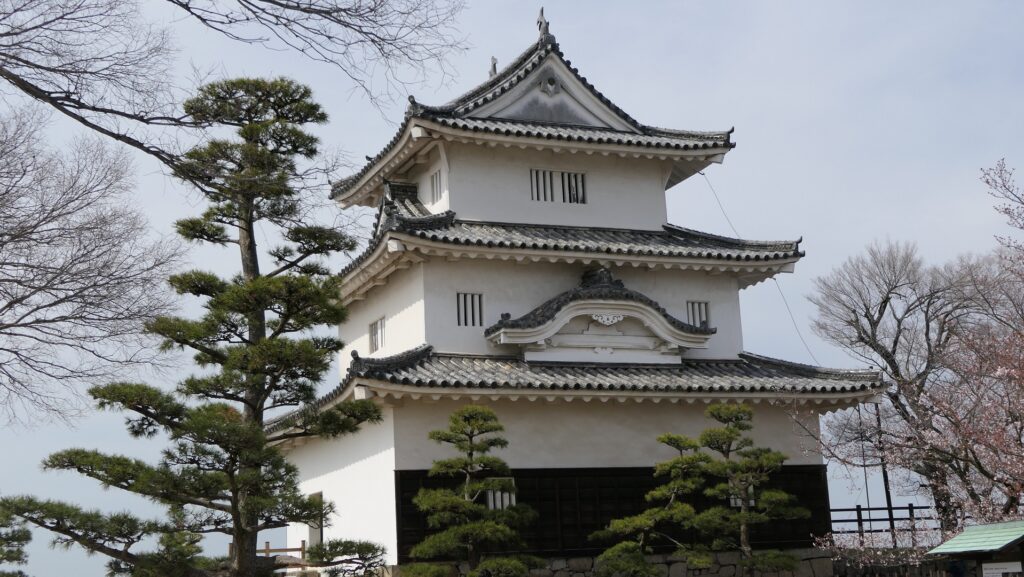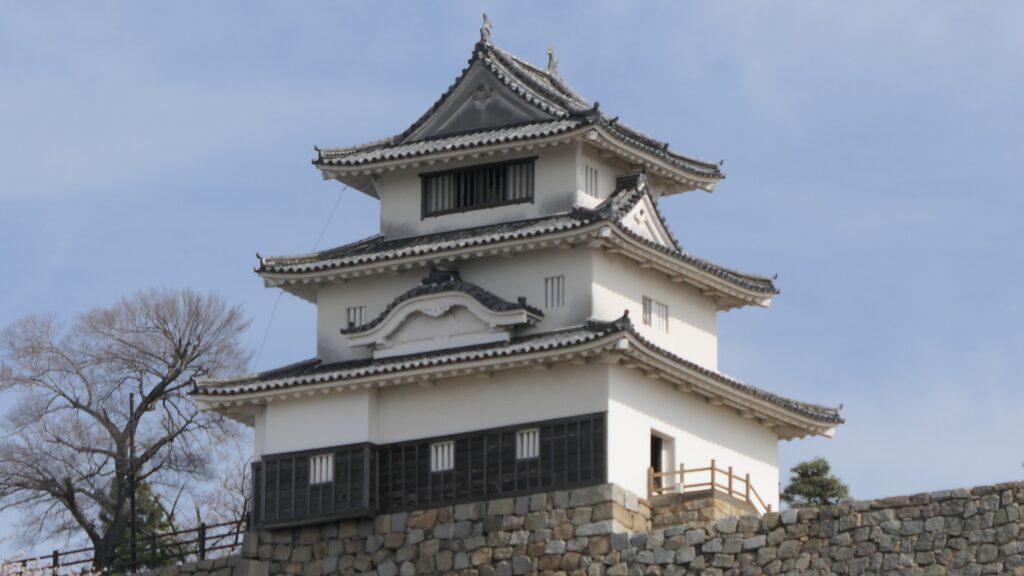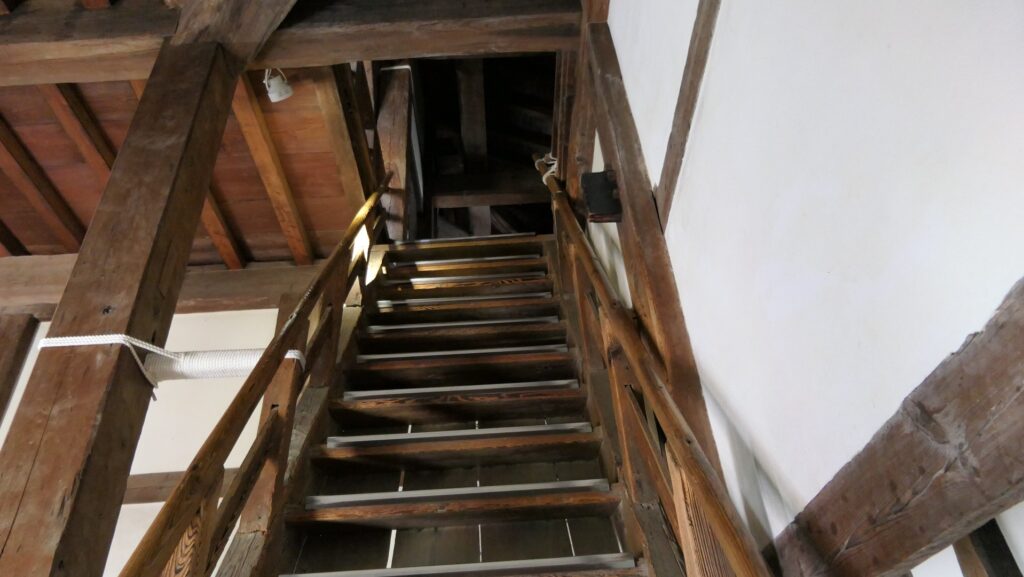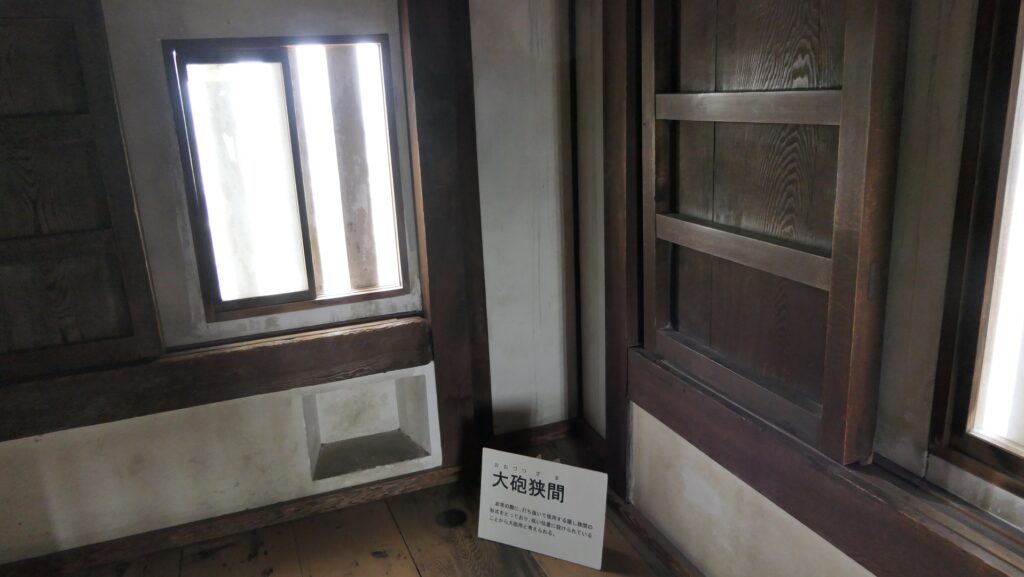Features
Walking around Castle Ruins
The Enclosure which was supposed to be a Former Stable is a little far from the main portion of the castle. It was used as a lookout as well.
The map around the castle
The castle also had many dry moats dug on the mountain in both vertical and horizontal directions to prevent enemies from attacking. You can still see some of them remained.
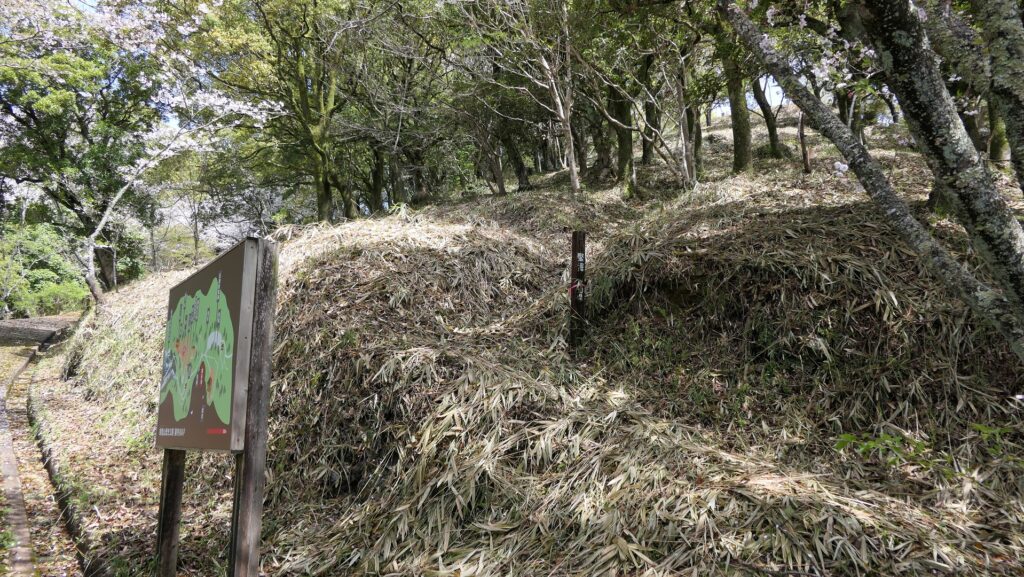
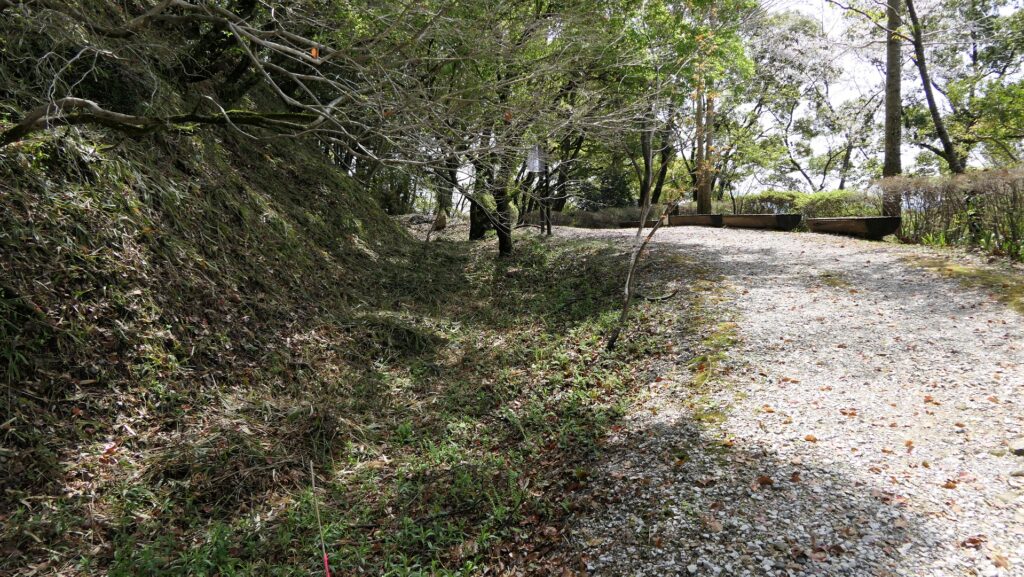
The castle ruins now have many routes like network and many enclosures for stop and rest, so you can enjoy walking and relaxing as well as learning history.
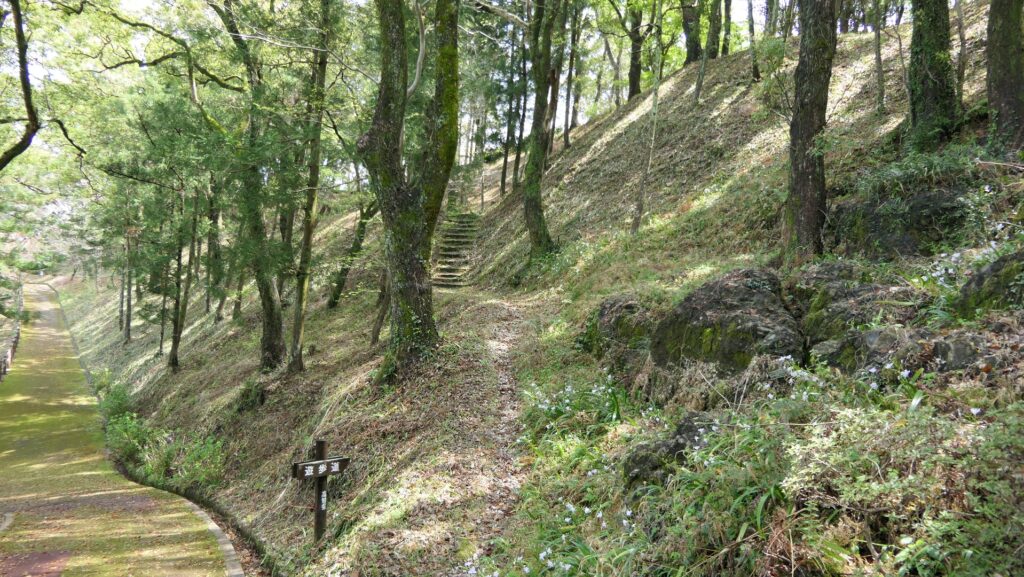

Later History
After Okoh Castle was abandoned, the Chosogabe Clan was unfortunately fired by the Tokugawa Shogunate. The Yamanouchi Clan from Kakegawa Caste came to govern Tosa Province and lived in Kochi Castle. The remaining Ichiryo-Gusoku group suffered from the Yamanouchi high-class warriors as the low class ones during the Edo Period. However, due to their rebellious spirit, some heroes in the Meiji Restoration such as Ryoma Sakamoto and Shintato Nakaoka appeared from the low class to change Japan later.
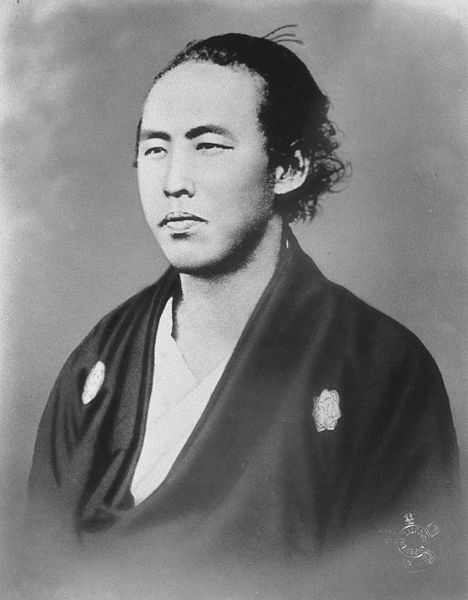
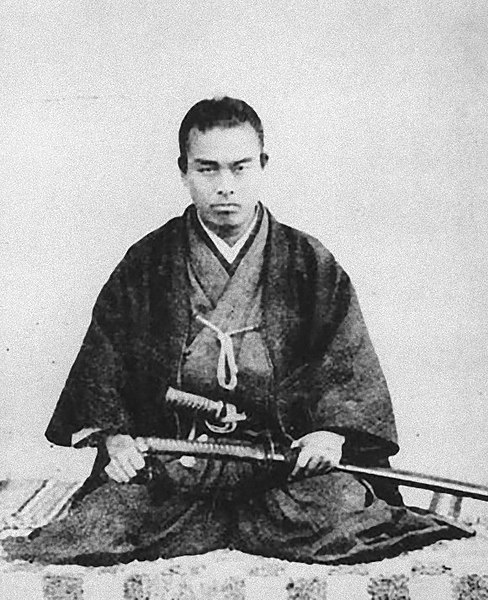
As for the castle ruins, they were first developed as a normal park with cherry trees planted. The excavation was done between 1985 and 1990. Since then, the ruins have been developing as Okoh Mountain Historical Park. They were finally designated as a National Historical Site in 2008. In addition, Kochi Prefectural Museum of History was built beside the park in 1991, where you can learn more about the castle and the Chosogabe Clan.
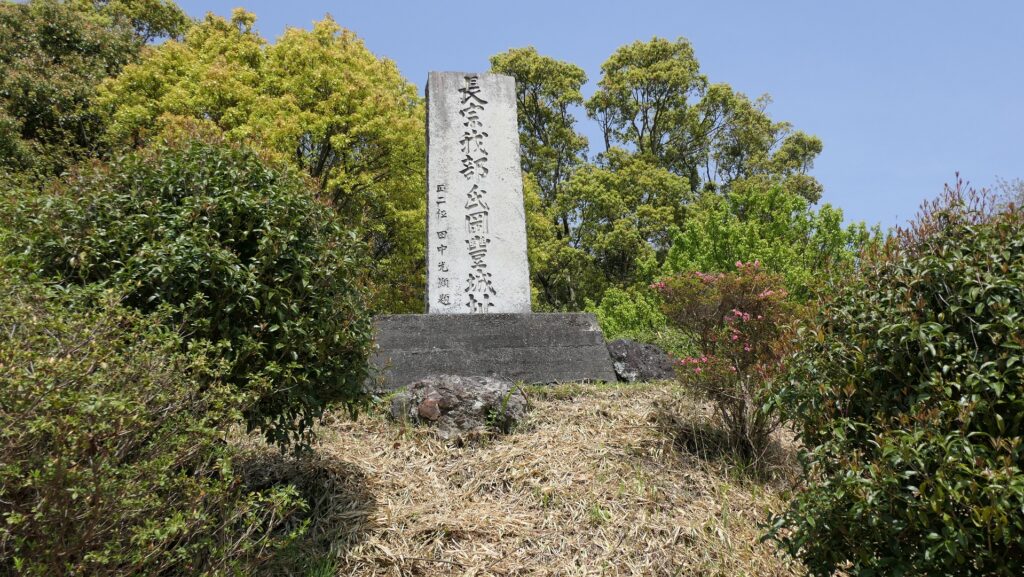
My Impression
I recommend visiting the three Chosogabe’s home base castles at once because they are close to each other. Kochi Castle basically remains as the Yamanouchi Clan’s legacy now, but the castle’s hill still has many tiers like Okoh Castle, probably it came from Chosogabe’s period. Though the ruins of Urado Castle were mostly destroyed by modern facilities, you can still see the great ocean view of Katsurahama Beach and the famous statue of Ryoma Sakamoto nearby.
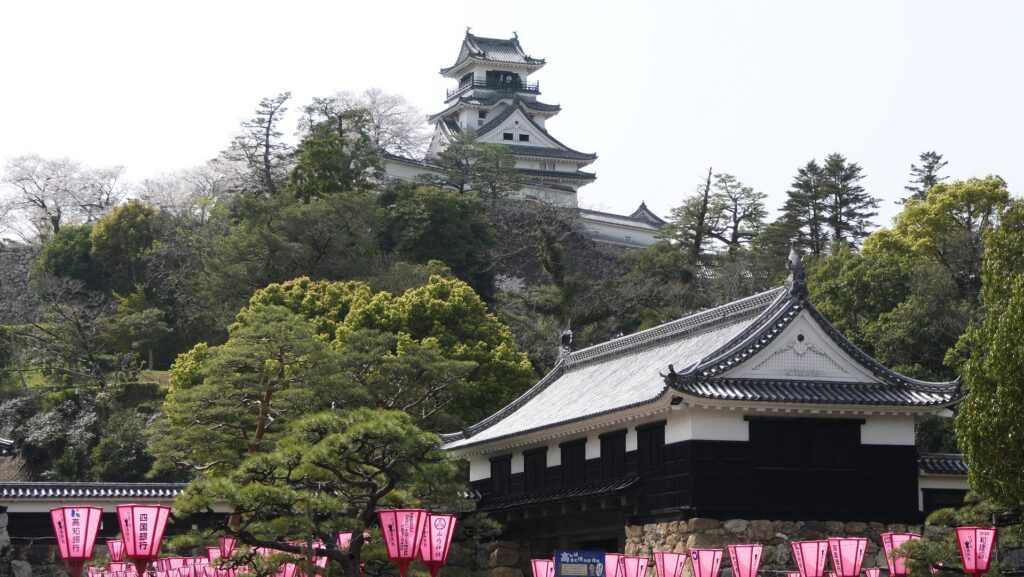
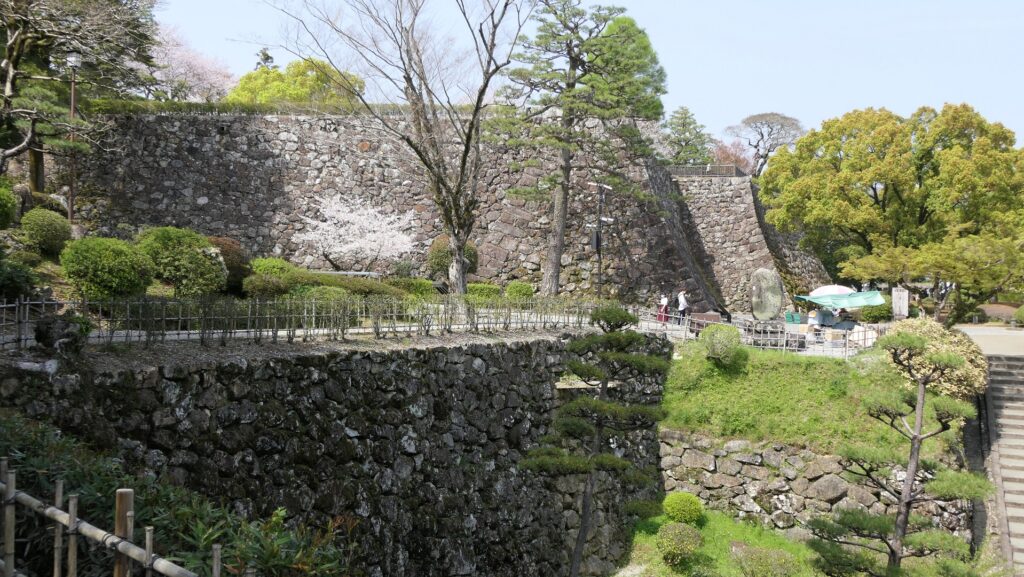
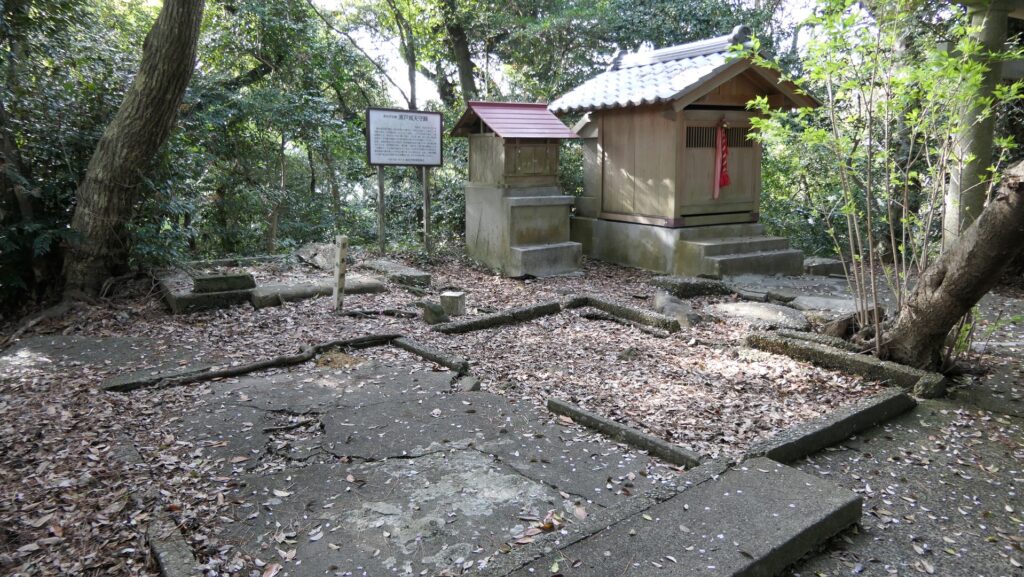
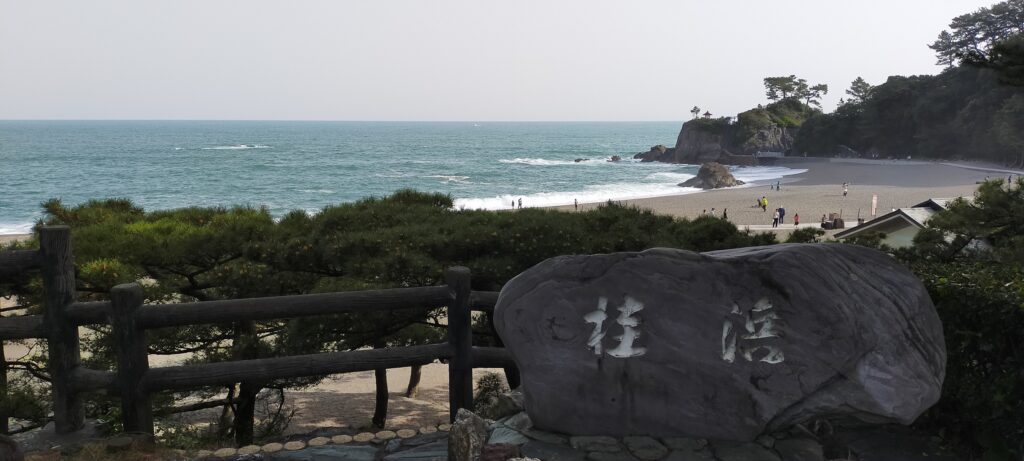
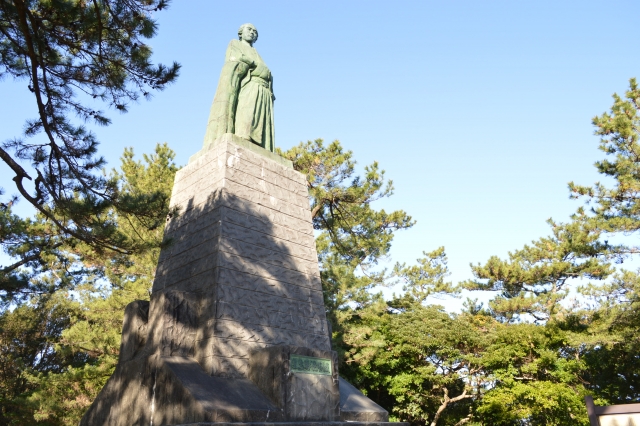
How to get There
I recommend using a car when you visit the ruins.
It is about 10 minutes away from Nankoku IC on the Kochi Expressway.
The park offers a parking lot.
If you go there from Tokyo or Osaka, I recommend going there by plane. When you get there, it’s better to rent a car as there are few buses in the area.
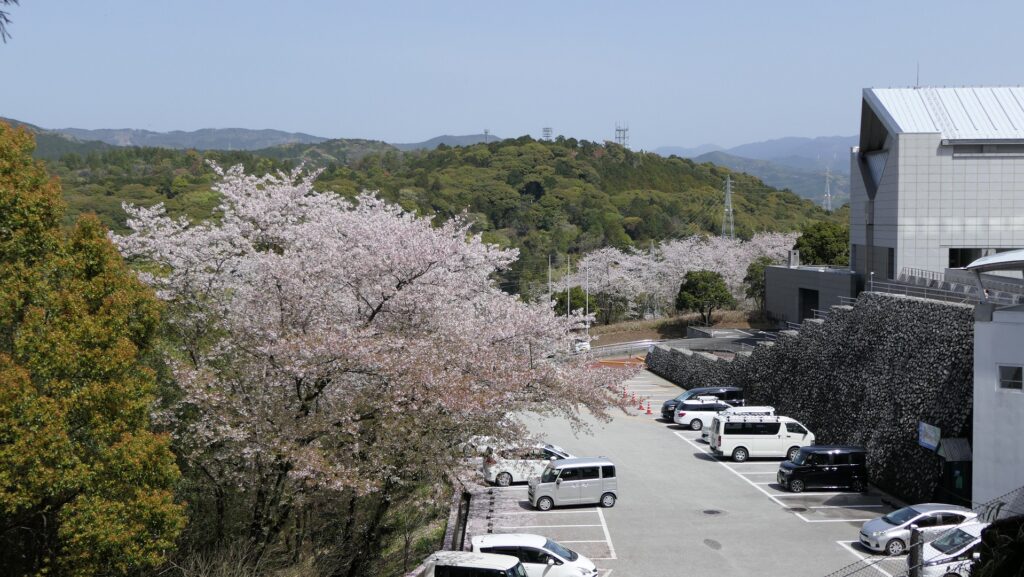
Links and References
・National Historical Site: Oko Castle Ruins, Kochi Prefectural Museum of History
That’s all. Thank you.
Back to “Okoh Castle Part1”
Back to “Okoh Castle Part2”

